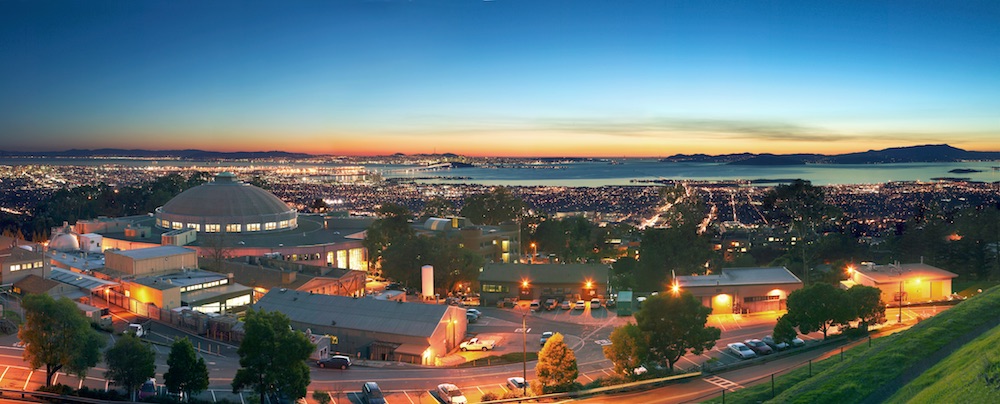Lunch and Tours: Lawrence Berkeley National Lab
Lunch and Tours: Lawrence Berkeley National Lab
DOWNLOADABLE GUIDE TO SUNDAY EVENTS
NOTE: The bus will depart at 12:15 from the UC Berkeley campus and return to campus at 4:30.
Advanced registration required.
One of America’s premier national laboratories will open its doors to WCSJ2017 participants to provide an inside look at synchrotron and nanoscience research facilities. Following the first session at UC Berkeley, a bus will depart for the Lawrence Berkeley National Lab, returning before the end of the on-campus breakout sessions.
- The Advanced Light Source, a U.S. Department of Energy-funded synchrotron facility that provides users from around the world access to the brightest beams of soft x-rays, together with hard x-ray and infrared light, for scientific research and technology development in a wide range of disciplines.
- The Molecular Foundry, a Department of Energy-funded nanoscience research facility that provides users from around the world with access to cutting-edge expertise and instrumentation in a collaborative, multidisciplinary environment. This tour will include a look at some of the most powerful electron microscopes in the world at The Foundry’s National Center for Electron Microscopy.
- The National Energy Research Scientific Computing Center (NERSC) is the primary scientific computing facility for the Office of Science in the U.S. Department of Energy. As one of the largest facilities in the world devoted to providing computational resources and expertise for basic scientific research, NERSC is a world leader in accelerating scientific discovery through computation. More than 6,000 scientists use NERSC to perform basic scientific research across a wide range of disciplines, including climate modeling, research into new materials, simulations of the early universe, analysis of data from high energy physics experiments, investigations of protein structure, and a host of other scientific endeavors. It provides some of the largest computing and storage systems available anywhere, but what distinguishes the center is its success in creating an environment that makes these resources effective for scientific research.
Important note: Visitors must bring a photo ID. The conference will provide the lab with the names of tour registrants 48 hours in advance of this event to secure visitor passes. Participants will also need to wear their conference badges and long pants and closed-toed shoes to access some of the facilities.

